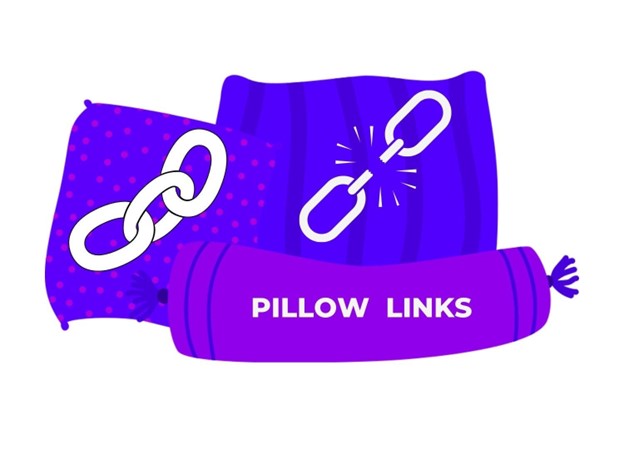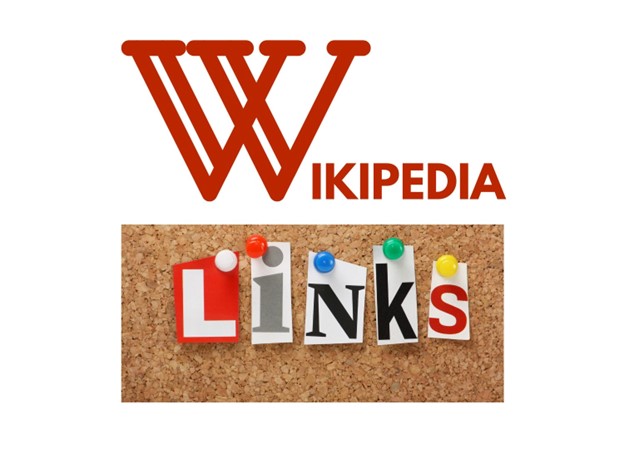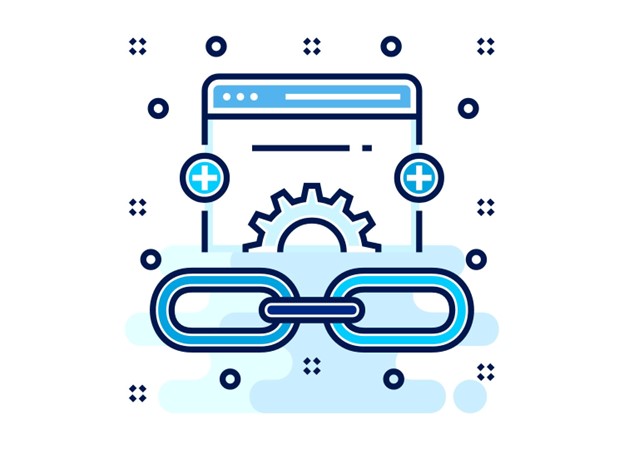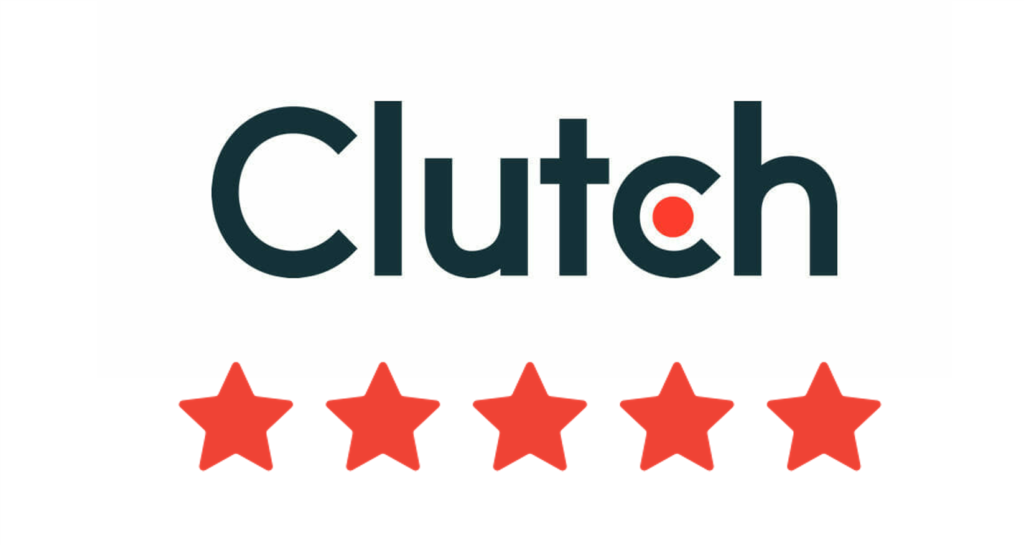The use of pillow links in your link-building strategy can help you avoid issues with Penguin Update 4.0, which was introduced by Google in 2016 to detect unnatural patterns in backlinks.
Previously, the focus was solely on the number of backlinks, which led to the creation of spam pages and attempts to manipulate the PageRank algorithm. To address this, Google now emphasizes the importance of a diverse and natural backlink profile.
Pillow links are a type of supplementary link that helps to diversify your target page link profile and make it appear more natural to Google. They mimic a natural backlink profile by including links from different sources and types.

It’s crucial to avoid having all your links coming from one source, even if it’s a high-quality guest post or high DR site, to avoid raising suspicion.
Pillow links are referred to as “pillow” because they provide a cushion to your backlink profile and support high-quality backlinks. They typically consist of nofollow links that don’t include a target keyword. While they don’t pass link juice, they help stabilize your backlink profile and attract traffic to your website, building authority and trust.
Overall, pillow links and nofollow links are beneficial for your link-building strategy as they help to diversify your backlinks and make them appear more natural to search engines like Google.
Why build Pillow Links?
The primary purpose of incorporating pillow links into your link-building strategy is to create a natural and organic-looking backlink profile that appears legitimate to Google.
Even reputable websites cannot rely solely on powerful guest posts and high DR sites to obtain backlinks. It’s natural for them to acquire pillow links, even if some of these links are not manually created by them.
To establish a natural and organic backlink profile that is recognized by search engines, it’s essential to diversify your backlink sources. Pillow links offer unique advantages to your backlink profile that are not available through other types of backlinks. However, the specific benefits of pillow links vary based on their link identifier.
Types of Pillow Links
A. Guest Posting
Guest posting is a type of pillow link because it allows you to diversify your backlink profile by obtaining links from a variety of sources. By contributing content to other websites in your niche, you can obtain high-quality links that appear more natural to search engines.

The term “pillow links” refers to links that provide a cushion to your backlink profile, making it appear more organic and natural. Guest posting can achieve this by supplementing your high-quality backlinks with a variety of other links from different sources, thus creating a more diverse and natural backlink profile.
Furthermore, guest posting also offers the opportunity to attract traffic to your website, establish authority in your niche, and build relationships with other industry leaders. These benefits are similar to those provided by pillow links, making guest posting an effective strategy for achieving a natural and diverse backlink profile.
B. Social Links
These social media platforms such as Facebook, Twitter, Flickr, and Pinterest provide backlinks referred to as social signals.
As social media becomes more prevalent, it has become customary for popular websites and brands to have a presence on. These platforms, making social signals an important component of backlinking as they are naturally acquired as your audience grows.

Similar to blog comments, social signals can enhance your brand visibility and generate a nofollow backlink from well-known social media sites. They play a critical role in increasing the likelihood of search engines recognizing your business as a credible source of information.
C. Links in Directories and Citations

If your business has a physical location, links in directories and citations can provide excellent support for your backlink profile.
Businesses with physical addresses widely use these types of links, and Google views them as trustworthy.
Listing your business on reputable directory websites can attract potential customers and drive traffic to your website. It’s important to prioritize getting your business information on the best directories as part of your online presence strategy.
D. Wikipedia Links

Wikipedia considers the links on its platform as no-follow links, constituting one of the original types of cushion links. As a highly credible source of information for any subject, Wiki links are deemed extremely trustworthy.
Obtaining a backlink from a niche-relevant Wikipedia page can provide benefits such as passing on trust and authority. The chance to receive backlinks from a highly pertinent page instead of just a powerful one. Google is likely to take notice if you have a relevant Wiki link in your backlink profile.
While it is possible to create a Wiki link on your own, you will require an established account to modify the specific Wikipedia page you wish to obtain a backlink from and to add the necessary information that Wikipedia may be lacking. If you do not possess a pre-existing Wikipedia account, it is recommended that you engage a specialized agency to handle this type of link-building.
E. Image Links
Links are not limited to text; they can also be incorporated into images. These can be established through various means, including call-to-action buttons like “Buy now!”, “Click Here!”, “Download Here!”, banner ads, and infographics.

The suitability of links for images varies based on the industry you operate in or the platform where you place these images. For instance, in the e-commerce sector, it’s typical to have links attached to call-to-action buttons such as “Buy Now!”.
In the nonprofit industry, call-to-action images like “Download Now!” for resources.
It’s crucial to consider the proportion of links originating from images depending on your niche. To achieve this, examine the percentage of image links coming from your competitors’ websites. Backlink analysis can be conducted using SEO tools like Ahrefs.
Are Pillow Links Costly?

Typically, pillow links are not costly because their function, authority, and keyword density differ significantly from high-value backlinks that can be purchased.
Companies primarily acquire pillow links to diversify their website’s link profile, not to enhance its authority. Hence, they typically obtain pillow links at a reasonable price.
Strategies for Efficient Pillow Link Building

a. Focus on relevance
Even though pillow links are less powerful than high-value backlinks, relevance is still crucial. Make sure the websites you’re getting pillow links from are relevant to your industry or niche.
b. Use diverse anchor text
Vary your anchor text and avoid using exact match keywords. Instead, use natural language and long-tail phrases that describe your content.
c. Build links gradually
Don’t build all your pillow links at once. Instead, spread them out over time to avoid triggering any red flags with search engines.
d. Look for high-quality websites
While pillow links are not as powerful, you still want to look for high-quality websites with good domain authority and traffic.
e. Avoid spammy websites
Stay away from websites that engage in link schemes or have poor reputations. These links could hurt your website’s credibility and authority.
f. Don’t rely solely on pillow links
Pillow links are just one component of a well-rounded link-building strategy. Be sure to also focus on high-value backlinks and other SEO tactics to improve your website’s authority and ranking.
Do we need to prevent any Pillow Links?

Apart from prioritizing niche relevance and location-based sources, there are a few things to be cautious about when it comes to pillow links. Avoid obtaining foreign or spammy pillow links, and if you’re outsourcing this task to an agency, make sure the cost is reasonable.
It’s important to diversify your link profile and avoid overusing a single type of link to avoid any penalties from search engines like Google.
Tools For Pillow Link Building

Backlink Analysis Tools
Tools for backlink analysis help to identify both your website’s backlinks and those of your competitors. Ahrefs, Moz, and Majestic are some of the popular backlink analysis tools.
Outreach and Email Management Tools
Outreach and email management tools can assist you in streamlining your outreach process and managing email campaigns. BuzzStream, Pitchbox, and NinjaOutreach are some of the popular outreach and email management tools.
Content Creation and Optimization Tools
Tools for content creation and optimization can help you produce high-quality content that is search engine optimized. SEMrush, Grammarly, and Yoast SEO are some of the popular content creation and optimization tools.
There are several more beneficial tools for creating pillow links, like webinars, online programs, and sector blogs.
Following industry leaders and actively participating in internet groups will keep you updated on the latest pillow link-building strategies and developments.
Conclusion
Creating a strong backlink profile is an essential aspect of any successful SEO strategy, and incorporating pillow links can be a game-changer.
Pillow links help to establish credibility, trustworthiness, making it more visible to search engines and users.
By following the best practices for building pillow links, such as leveraging guest posts, expert roundups, and broken link building. You can improve your website’s search engine rankings, drive more organic traffic, and ultimately increase your bottom line.
As the digital landscape continues to evolve, it is crucial to keep up with the latest SEO trends. The techniques, and pillow links offer an effective way to stay ahead of the curve.




